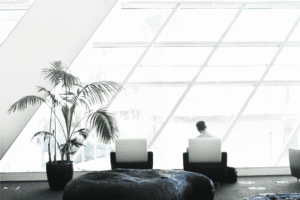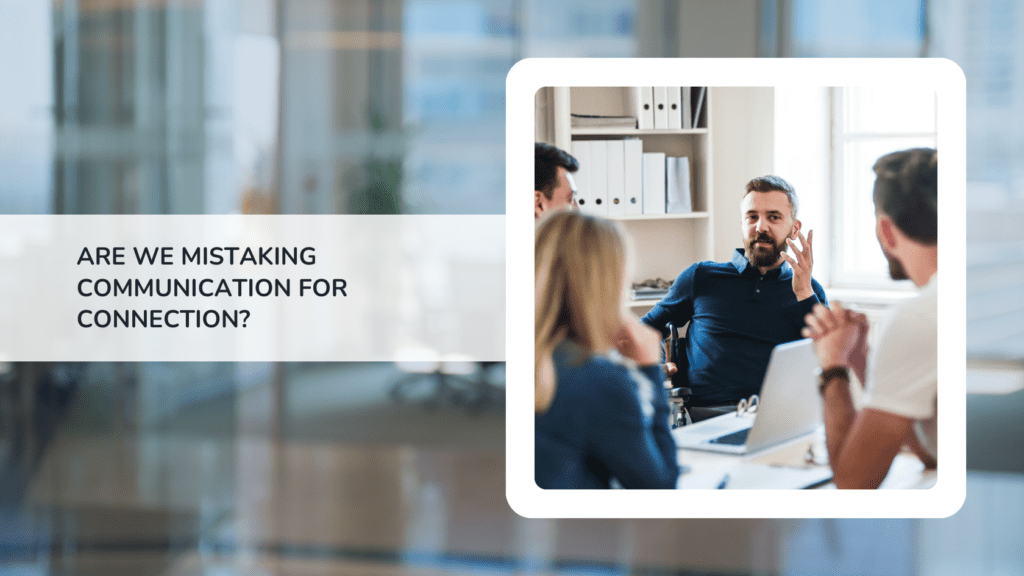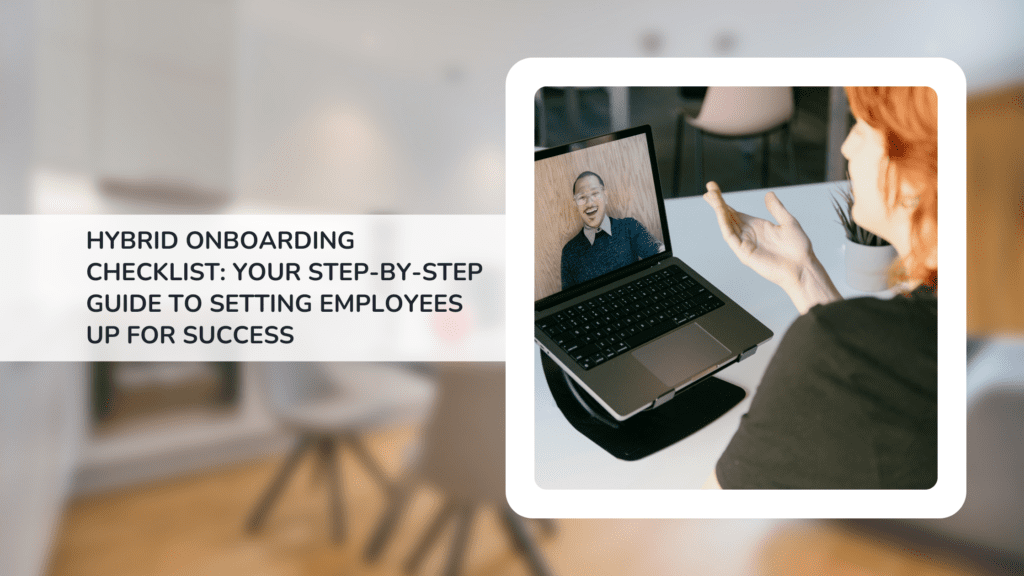
We spoke with Morgan Thomas, an interior designer at Cutler, about office design and how to make the most effective use of your space.
Your environment plays a major role in how happy and healthy your team is. In a recent study, researchers found that only 13% of workers are highly engaged and satisfied with their workplace. It’s an alarming statistic — after all, if the vast majority of your workforce is feeling unsatisfied in their surroundings, that’s not good for their overall well-being or for the company’s.
So, can your office be used as a tool to boost employee engagement? According to Morgan Thomas, an interior designer at the commercial interior design firm Cutler, answer is yes.
“Our behaviors are really driven, when we’re in a space, by what’s happening in the space,” says Morgan.
We reached out to Morgan to discuss office design and how your environment can impact the way that your team works. In the interview, Morgan suggests a few things that you can do to make a big difference and create a more positive atmosphere. Listen to the latest episode of “Outback Talks: The Employee Engagement Podcast” below to hear directly from Morgan, or keep reading for an overview of our discussion.
How Your Environment Can Inform Productivity
It’s a simple fact: our surroundings impact our behaviors. It’s all to do with a basic human instinct to be innately aware of our environment. So, it makes sense that, in order to be effective at work, your office should be a place that encourages things like productivity, communication, collaboration, and relaxation. Color, personal workstations, and accessories like furniture are just a few elements that can make an impact.
“Both aesthetic and function are important in office design,” Morgan says. “People spend a large portion of their time at work and people work in all different kinds of ways, and there are generally many different types of people, different departments, different workflows that happen, all within one office. You really have to create a space that can support all those styles and functions throughout the day, while also enhancing the culture and ultimately being a space that people enjoy spending time in.”
The Science Behind Color
Studies have shown that human beings have an emotional response to color. That response can be subjective, but colors also have universal significance: the way color affects us correlates to how those colors behave in nature. Blue, for example, is almost always related to blue skies, which tends to remind us of being a carefree child.
In the same way, colors can also influence our performance and the way in which we work. Certain shades can make us feel more relaxed and focused, while others can even contribute to creating a stressful environment.
“There’s been lots of studies on the psychology of color and how different colors make us feel, and even how color affects our productivity,” Morgan says. “It is important to generally know what you’re trying to achieve with the color and then how to pick one based on your goals.”
You can start by determining what kind of workplace you’re in: is it high stress? Task oriented? A more creative space? Active? Figure out what your specific needs are and then choose what color will suit you best.
Here is a brief overview of popular colors for offices and their accompanying qualities:
Blue
Blue is known for being a calming and spirit-lifting hue. For employees, this can alleviate stress and, in turn, help with concentration and focus.
Yellow
Most often associated with positive emotions like happiness and excitement, yellow can encourage creativity and innovative ideas.
Red
Red is known to increase heart rate and produce a rise in blood pressure. The bold color can be useful for employees in high energy environments or those engaged in physical activity.
White
Many studies have shown that white can generate a sterile and clinical feeling, which can actually hinder productivity. Scientifically speaking, it’s seen as one of the least favorable colors for offices, even though it’s the most commonly used one.
Green
Like blue, shades of green can have a calming effect on the mind. Its soothing qualities are believed to be due to the color’s close association with nature.
After you decide on a color that’s appropriate for your office, there are many ways to introduce it, aside from just repainting the entire space. You can:
- Create a statement wall that’s painted one single color
- Paint different departments different colors according to their purpose
- Hang up colorful artwork on the walls
- Add a brightly colored pillow to your communal couch
Morgan adds, “One strategy for approaching color is using a neutral foundational palette and then really bringing in color through items that can be easily changed over time to add freshness and to make sure that the space really does stand the test of time. Things like furniture and communal areas, for example, are great opportunities for a little bit more of an adventurous palette.”
Effective Personal Workstations
Your desk or personal workstation isn’t just a piece of furniture — it’s a tool that directly affects your productivity in every way from ergonomics to physical structural design. Some important things to keep in mind when it comes to your workstation include:
- The Type of Work You Do – Are you making important phone calls? Is your role highly collaborative? Do you need more than one monitor? The right workstation for you will depend on your specific needs.
- An Ergonomic Chair – Consider comfort and support, especially if you’re going to be spending long hours sitting in one spot. An ill-fitting chair can contribute to anxiety and long-term back problems.
- Good Lighting – Studies have shown that an abundance of natural light can help alleviate stress and fatigue. Try positioning your station near a window if possible; if not, adjust the brightness of your computer monitor.
- Storage Space – Ensure that you have enough room for storage so that you can avoid clutter and keep all your documents organized. Things like trays, filing systems, and boxes are helpful.
- Keyboard and Monitor Position – Avoid eye and wrist strain by positioning your keyboard in a natural position and your computer monitor at eye level.
- Décor – Little touches of home, like photos of loved ones, can instantly make your workstation feel more comfortable. Indoor plants can also improve air quality and overall atmosphere.
The Cubicle Debate
What about the physical structure of your workstations? Multi-person workbenches or more informal lounge seating in open-concept layouts are quickly becoming popular in offices, but traditional cubicles are still a common format despite their increasingly bad reputation. So, which can help you work better? Morgan offers some pros and cons to the cubicle debate:
Pros of Cubicles:
- Visual privacy
- Acoustic privacy
Cons of Cubicles:
- Inefficient use of space
- More isolating for employees
Either way, Morgan says that acoustics and privacy are two of the most important overall elements of office design. “Not taking these into account can lead into a really distracting environment that causes stress and low productivity, so it’s important to keep things like acoustic separations. And it doesn’t necessarily need to come in the form of walls — we can apply acoustic materials to ceilings, even things like using carpet can be really helpful in an office space. Even acoustic partitions between work-spaces that are just a foot or two high in between desks, so that it’s really cutting down on acoustics and blocking the most distracting things happening, while also making the space feel open enough that people can actually interact and engage with each other.”
Accessories to Increase Engagement
Sometimes, the smallest details can make the biggest difference. When it comes to office design, accessories that you wouldn’t expect to directly impact your atmosphere can be the very things that do — especially when integrated in a specific way. Morgan suggests a few add-ons that can significantly contribute to a more productive and engaging work-space:
- Furniture – It’s easily interchangeable, and can make a big impact while keeping things fresh and exciting. You can also get ergonomic furniture that serve a functional purpose and also look good while doing it. “Office furniture has really come a long way, even from just a few years ago, and the right pieces can make employees feel quite at home,” Morgan says. “They’re actually supporting people in their tasks, making them more productive, they can stay at their desks longer, and really feel comfortable throughout the day.”
- Communal Spaces – “If you design communal spaces properly, it can actually add to the productive square footage of your office,” Morgan explains. “You know, they can kind of become impromptu meeting spaces and areas where people can go to work in a more quiet setting on their own or even collaborate together.”
- Photocopy Machine – Put this essential piece of office equipment in a communal area. It will encourage employees to get up and stretch their legs, and it can also turn the location into an interactive communal space of sorts. Just try to be considerate of your colleagues and make sure that it’s in a place where it’s okay to make some noise.
You can tune into Morgan’s interview above or download the episode by subscribing to our podcast, “Outback Talks: The Employee Engagement Podcast,” on iTunes, Google Play, SoundCloud, Stitcher, or wherever you listen to your podcasts. See below for the full transcription of the episode.
Learn More About How Office Design Can Help Your Team Work Better
Check out 50 Ways to Improve Your Office Environment for more expert advice on how to create a positive and productive work-space. For further support in regards to employee engagement, just reach out to one of our Employee Engagement Consultants.



